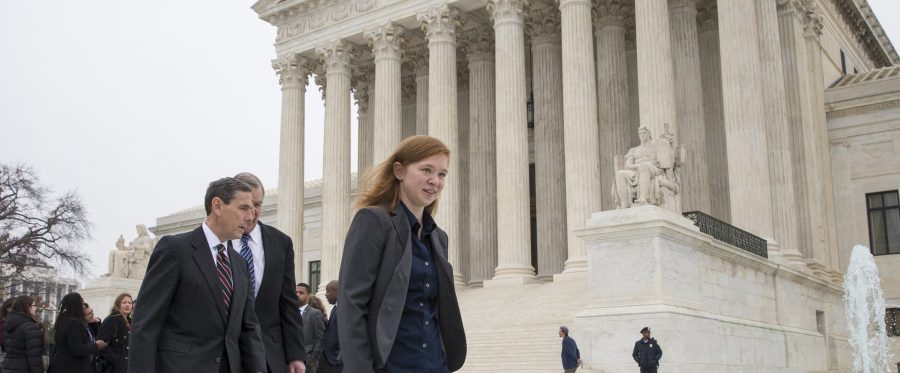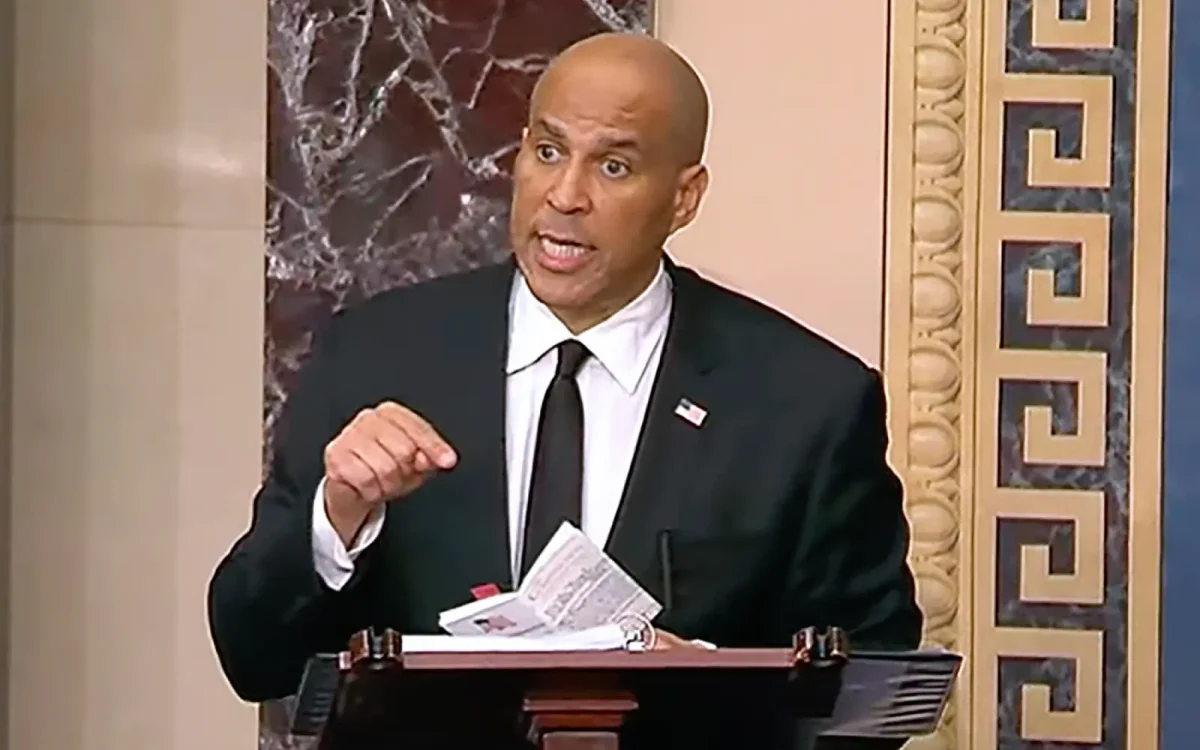In 2008, Abigail Fisher sued UT-Austin upon being rejected from the university. Being a public college, UT must admit a large number of in-state students, which is achieved through its Top 10 Percent Program, which gives admission to every Texas high school student who is in the top 10% of their graduating class. Fisher claimed that, since she missed that cutoff and had to compete for the remaining openings, was unfairly discriminated against by UT’s affirmative action plan, which she claimed helped admit minority students with lower test scores over her. However, it was later shown that, out of the 47 admitted students admitted with lower test scores than her, 42 of them were white. The case, Fisher v. University of Texas, initially made its way to the Supreme Court in 2013, after two previous federal rulings in favor of UT. In a 7-to-1 vote, the court vacated the previous rulings and sent it back to the Fifth Circuit Court of Appeals for a second hearing, after declaring that the Fifth Circuit did not prove whether it was necessary that UT used its affirmative action plan to achieve a diverse student population, known as “strict scrutiny”. In July 2014, the Fifth Circuit once again sided with UT, with Fisher again appealing to the Supreme Court.
On June 23, the Supreme Court ruled, in a 4-to-2 vote, in favor of UT. The Courts decision upheld its previous 2003 decision in Grutter v. Bollinger, which allowed universities to use race as just one factor in able achieve diversity. Many supporters are hailing the Fisher decision as a landmark decision comparable to Brown v. Board of Education, which ended segregation in public schools in 1954. President Barack Obama commented on the case, saying that, “We are not a country that guarantees equal outcomes, but we do strive to provide an equal shot to everybody.”
Many do not agree with the decision. Justice Samuel Alito remarked, “Even though UT has never provided any coherent explanation for its asserted need to discriminate on the basis of race, and even though UT’s position relies on a series of unsupported and noxious racial assumptions, the majority concludes that UT has met its heavy burden. This conclusion is remarkable, and remarkably wrong.” Fisher has also expressed continued disappointment about the usage of race in student applications. The Fisher case has upheld the continuing use of affirmative action in universities, and has again supported the idea of diversity in student populations. “Universities all over the country are breathing a sigh of relief,” said Sherrilyn Ifill, the president of the NAACP Legal Defense and Educational Fund Inc.,“The court very compellingly affirmed the importance of diversity.”

















